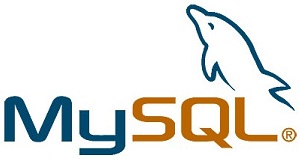Having your MySQL data on a separate partition is important, why?
Having your MySQL data on a separate partition is important because when your root partition fills up and no space is left, your system won’t be able to boot and might crash when running, you then have to boot from a recovery disk to remove files before you can boot on your normal system again.
This is critical for servers that you can’t allow to be down for an hour or two!
The solution
The solution is easy, you just move your MySQL data to a separate partition, and this problem won’t occur any longer, the only thing that happens when you run out of space, is that the MySQL can’t write any new data to the database, which is better than the entire system crashing and being unable to boot.
In this guide i will show you how to make the changes needed to get this problem resolved.
Continue reading


